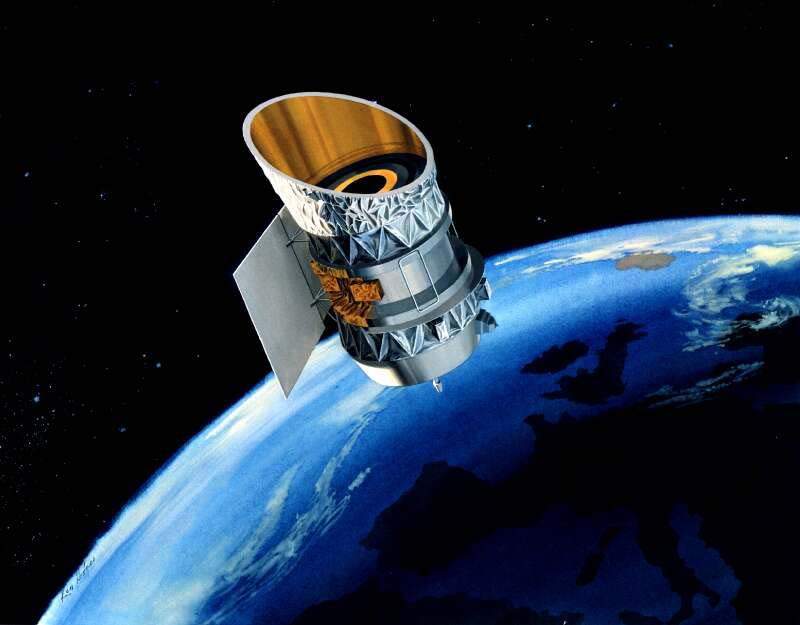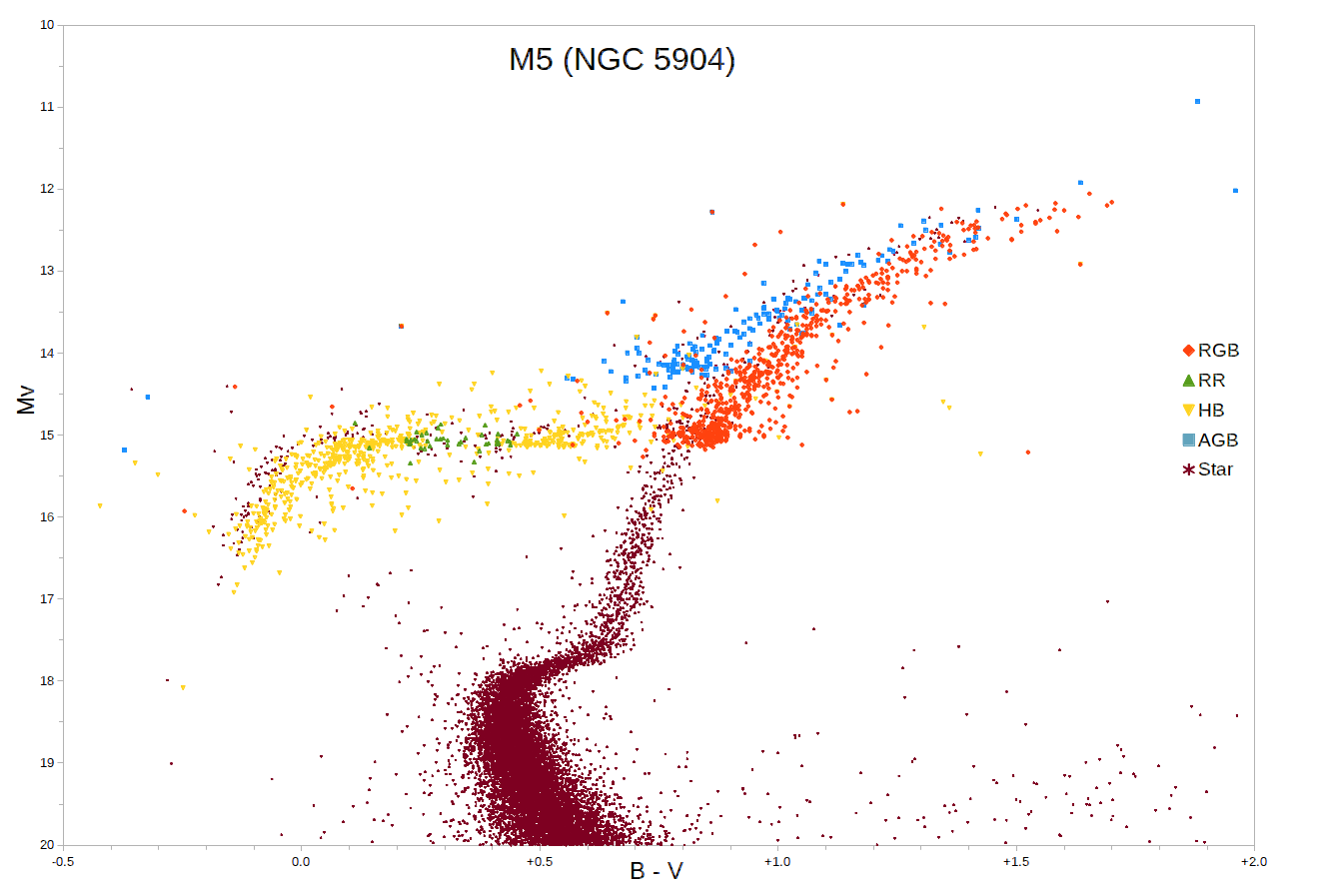|
IK Tauri
IK Tauri or NML Tauri is a Mira variable star located about from the Sun in the zodiac constellation of Taurus. Discovery In 1965, Neugebauer, Martz, and Leighton, astronomers with the California Institute of Technology, reported the discovery of two extremely cool stars. At the time, the temperatures of these extremely red objects were estimated to be around 1,000 K. In the absence of other designations, these were named after the initials of their discoverers as NML Cygni and NML Tauri. It was identified as a Mira variable in 1967. The name NML Tauri fell into disuse after the star received its variable star designation of IK Tauri. Variability IK Tauri varies approximately every 470 days between extreme visual magnitudes of 10.8 and 16.5. It was classified as a Mira variable soon after discovery on the basis of its spectrum showing strong hydrogen emission and its very large visual amplitude. During each cycle, the spectrum of the star also varies, consistently rea ... [...More Info...] [...Related Items...] OR: [Wikipedia] [Google] [Baidu] |
California Institute Of Technology
The California Institute of Technology (branded as Caltech) is a private research university in Pasadena, California, United States. The university is responsible for many modern scientific advancements and is among a small group of institutes of technology in the United States that are devoted to the instruction of pure and applied sciences. The institution was founded as a preparatory and vocational school by Amos G. Throop in 1891 and began attracting influential scientists such as George Ellery Hale, Arthur Amos Noyes, and Robert Andrews Millikan in the early 20th century. The vocational and preparatory schools were disbanded and spun off in 1910, and the college assumed its present name in 1920. In 1934, Caltech was elected to the Association of American Universities, and the antecedents of NASA's Jet Propulsion Laboratory, which Caltech continues to manage and operate, were established between 1936 and 1943 under Theodore von Kármán. Caltech has six academic divisi ... [...More Info...] [...Related Items...] OR: [Wikipedia] [Google] [Baidu] |
IRAS Catalogue Objects
The Infrared Astronomical Satellite ( Dutch: ''Infrarood Astronomische Satelliet'') (IRAS) was the first space telescope to perform a survey of the entire night sky at infrared wavelengths. Launched on 25 January 1983, its mission lasted ten months. The telescope was a joint project of the United States (NASA), the Netherlands ( NIVR), and the United Kingdom ( SERC). Over 250,000 infrared sources were observed at 12, 25, 60, and 100 micrometer wavelengths. Support for the processing and analysis of data from IRAS was contributed from the Infrared Processing and Analysis Center at the California Institute of Technology. Currently, the Infrared Science Archive at IPAC holds the IRAS archive. The success of IRAS led to interest in the 1985 Infrared Telescope (IRT) mission on the Space Shuttle, and the planned Shuttle Infrared Telescope Facility which eventually transformed into the Space Infrared Telescope Facility, SIRTF, which in turn was developed into the Spitzer Space T ... [...More Info...] [...Related Items...] OR: [Wikipedia] [Google] [Baidu] |
2MASS Objects
Mass is an intrinsic property of a body. It was traditionally believed to be related to the quantity of matter in a body, until the discovery of the atom and particle physics. It was found that different atoms and different elementary particles, theoretically with the same amount of matter, have nonetheless different masses. Mass in modern physics has multiple definitions which are conceptually distinct, but physically equivalent. Mass can be experimentally defined as a measure of the body's inertia, meaning the resistance to acceleration (change of velocity) when a net force is applied. The object's mass also determines the strength of its gravitational attraction to other bodies. The SI base unit of mass is the kilogram (kg). In physics, mass is not the same as weight, even though mass is often determined by measuring the object's weight using a spring scale, rather than balance scale comparing it directly with known masses. An object on the Moon would weigh ... [...More Info...] [...Related Items...] OR: [Wikipedia] [Google] [Baidu] |
M-type Giants
Type M or M type may refer to: Science and technology * Type M, a xD-Picture Card * Type M, a name for the 15 amp BS 546 electrical plug * Vaio Type M, a kind of Vaio computer from Sony * M-type asteroid * m-type filter, an electronic filter * M-type star * M-types, an implementation of inductive type In type theory, a system has inductive types if it has facilities for creating a new type from constants and functions that create terms of that type. The feature serves a role similar to data structures in a programming language and allows a ty ... Other uses * Audi Type M, a 1920s car * Beretta 92FS Compact Type M, a pistol * MG M-type, a sports car See also * M class (other) * Class M (other) {{disambiguation ... [...More Info...] [...Related Items...] OR: [Wikipedia] [Google] [Baidu] |
Mira Variables
Mira variables (named for the prototype star Mira) are a class of pulsating stars characterized by very red colours, pulsation periods longer than 100 days, and amplitudes greater than one Apparent magnitude, magnitude in infrared and 2.5 magnitude at visual wavelengths. They are red giants in the very late stages of stellar evolution, on the asymptotic giant branch (AGB), that will expel their outer envelopes as planetary nebulae and become white dwarfs within a few million years. Mira variables are stars massive enough that they have undergone Triple-alpha process, helium fusion in their cores but are less than two solar masses, stars that have already lost about half their initial mass. However, they can be thousands of times more luminosity, luminous than the Sun due to their very large distended envelopes. They are pulsating due to the entire star expanding and contracting. This produces a change in temperature along with radius, both of which factors cause the variation i ... [...More Info...] [...Related Items...] OR: [Wikipedia] [Google] [Baidu] |
White Dwarf
A white dwarf is a Compact star, stellar core remnant composed mostly of electron-degenerate matter. A white dwarf is very density, dense: in an Earth sized volume, it packs a mass that is comparable to the Sun. No nuclear fusion takes place in a white dwarf; what light it radiates is from its residual heat. The nearest known white dwarf is Sirius B, at 8.6 light years, the smaller component of the Sirius binary star. There are currently thought to be eight white dwarfs among the hundred star systems nearest the Sun. The unusual faintness of white dwarfs was first recognized in 1910. The name ''white dwarf'' was coined by Willem Jacob Luyten in 1922. White dwarfs are thought to be the final stellar evolution, evolutionary state of stars whose mass is not high enough to become a neutron star or black hole. This includes over 97% of the stars in the Milky Way. After the hydrogen-stellar nucleosynthesis, fusing period of a main sequence, main-sequence star of Stellar mass, lo ... [...More Info...] [...Related Items...] OR: [Wikipedia] [Google] [Baidu] |
Planetary Nebula
A planetary nebula is a type of emission nebula consisting of an expanding, glowing shell of ionized gas ejected from red giant stars late in their lives. The term "planetary nebula" is a misnomer because they are unrelated to planets. The term originates from the planet-like round shape of these nebulae observed by astronomers through early telescopes. The first usage may have occurred during the 1780s with the English astronomer William Herschel who described these nebulae as resembling planets; however, as early as January 1779, the French astronomer Antoine Darquier de Pellepoix described in his observations of the Ring Nebula, "very dim but perfectly outlined; it is as large as Jupiter and resembles a fading planet". Though the modern interpretation is different, the old term is still used. All planetary nebulae form at the end of the life of a star of intermediate mass, about 1-8 solar masses. It is expected that the Sun will form a planetary nebula at the end of i ... [...More Info...] [...Related Items...] OR: [Wikipedia] [Google] [Baidu] |
Asymptotic Giant Branch
The asymptotic giant branch (AGB) is a region of the Hertzsprung–Russell diagram populated by evolved cool luminous stars. This is a period of stellar evolution undertaken by all low- to intermediate-mass stars (about 0.5 to 8 solar masses) late in their lives. Observationally, an asymptotic-giant-branch star will appear as a bright red giant with a luminosity ranging up to thousands of times greater than the Sun. Its interior structure is characterized by a central and largely inert core of carbon and oxygen, a shell where helium is undergoing fusion to form carbon (known as helium burning), another shell where hydrogen is undergoing fusion forming helium (known as hydrogen burning), and a very large envelope of material of composition similar to main-sequence stars (except in the case of carbon stars). Stellar evolution When a star exhausts the supply of hydrogen by nuclear fusion processes in its core, the core contracts and its temperature increases, causing the oute ... [...More Info...] [...Related Items...] OR: [Wikipedia] [Google] [Baidu] |
Sirius
Sirius is the brightest star in the night sky. Its name is derived from the Greek word (Latin script: ), meaning 'glowing' or 'scorching'. The star is designated Canis Majoris, Latinized to Alpha Canis Majoris, and abbreviated CMa or Alpha CMa. With a visual apparent magnitude of −1.46, Sirius is almost twice as bright as Canopus, the next brightest star. Sirius is a binary star consisting of a main-sequence star of spectral type A0 or A1, termed Sirius A, and a faint white dwarf companion of spectral type DA2, termed Sirius B. The distance between the two varies between 8.2 and 31.5 astronomical units as they orbit every 50 years. Sirius appears bright because of its intrinsic luminosity and its proximity to the Solar System. At a distance of , the Sirius system is one of Earth's nearest neighbours. Sirius is gradually moving closer to the Solar System and it is expected to increase in brightness slightly over t ... [...More Info...] [...Related Items...] OR: [Wikipedia] [Google] [Baidu] |
Rigel
Rigel is a blue supergiant star in the constellation of Orion. It has the Bayer designation β Orionis, which is Latinized to Beta Orionis and abbreviated Beta Ori or β Ori. Rigel is the brightest and most massive componentand the eponymof a star system of at least four stars that appear as a single blue-white point of light to the naked eye. This system is located at a distance of approximately . A star of spectral type B8Ia, Rigel is calculated to be anywhere from 61,500 to 363,000 times as luminous as the Sun, and 18 to 24 times as massive, depending on the method and assumptions used. Its radius is more than seventy times that of the Sun, and its surface temperature is . Due to its stellar wind, Rigel's mass-loss is estimated to be ten million times that of the Sun. With an estimated age of seven to nine million years, Rigel has exhausted its core hydrogen fuel, expanded, and cooled to become a supergiant. It is expected to end its life as a typeII su ... [...More Info...] [...Related Items...] OR: [Wikipedia] [Google] [Baidu] |
Maser
A maser is a device that produces coherent electromagnetic waves ( microwaves), through amplification by stimulated emission. The term is an acronym for microwave amplification by stimulated emission of radiation. Nikolay Basov, Alexander Prokhorov and Joseph Weber introduced the concept of the maser in 1952, and Charles H. Townes, James P. Gordon, and Herbert J. Zeiger built the first maser at Columbia University in 1953. Townes, Basov and Prokhorov won the 1964 Nobel Prize in Physics for theoretical work leading to the maser. Masers are used as timekeeping devices in atomic clocks, and as extremely low-noise microwave amplifiers in radio telescopes and deep-space spacecraft communication ground-stations. Modern masers can be designed to generate electromagnetic waves at microwave frequencies and radio and infrared frequencies. For this reason, Townes suggested replacing "microwave" with "molecular" as the first word in the acronym "maser". The ''laser'' works by the sa ... [...More Info...] [...Related Items...] OR: [Wikipedia] [Google] [Baidu] |






